Scientific name Boswellia | Higher classification Burseraceae | |
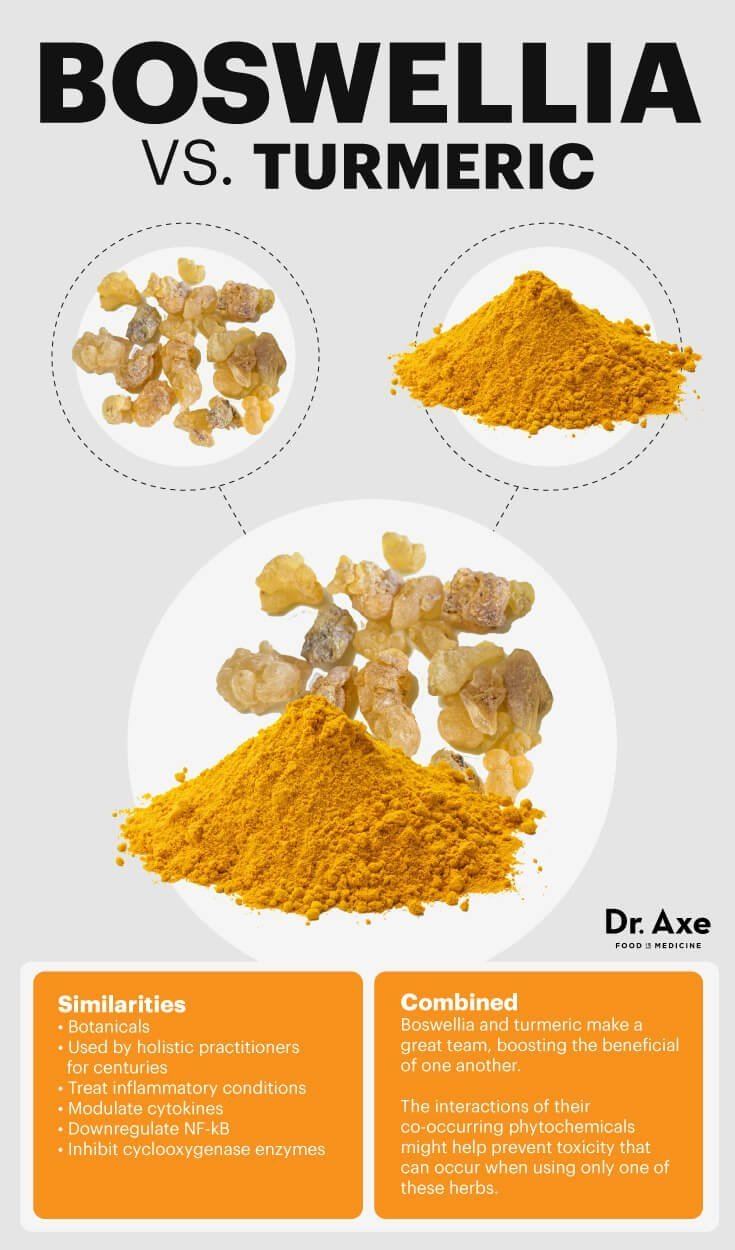 | ||
Lower classifications Indian frankincense, Boswellia sacra, Boswellia frereana, Boswellia papyrifera, Boswellia elongata | ||
Grow garden how to plant boswellia dioscoridis and artemisia absinthium
Boswellia is a genus of trees in the order Sapindales, known for their fragrant resin which has many pharmacological uses, particularly as anti-inflammatories. The Biblical incense frankincense was an extract from the resin of the tree Boswellia sacra, and is now produced also from B. frereana.
Contents
- Grow garden how to plant boswellia dioscoridis and artemisia absinthium
- My boswellia sacra tree in here
- Frankincense
- Description
- Medicinal uses
- References
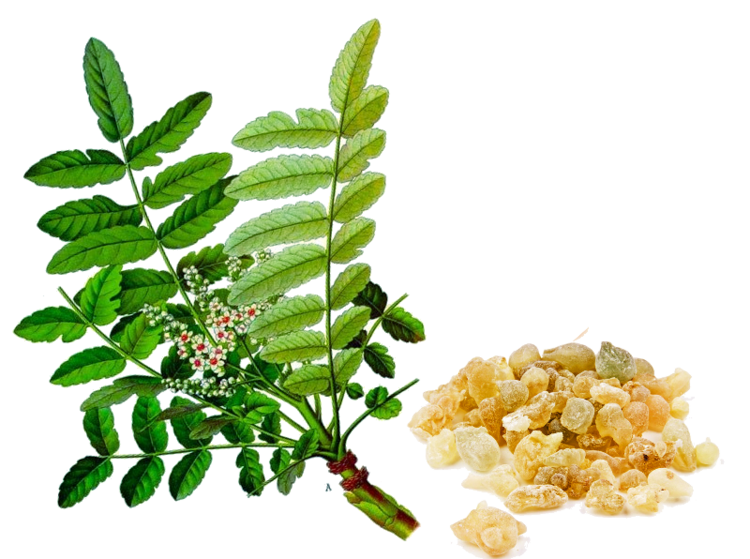
My boswellia sacra tree in here
Frankincense
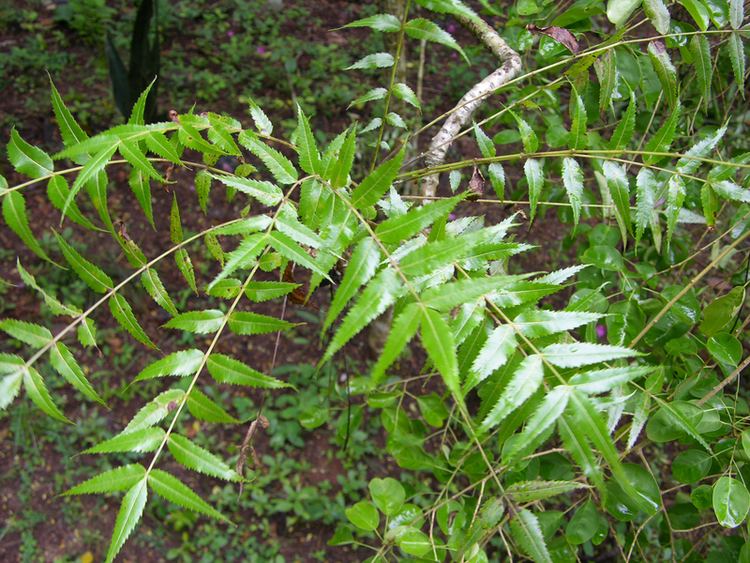
There are four main species of Boswellia which produce true frankincense. B. sacra (synonyms B. carteri and B. bhaw-dajiana), B. frereana, B. papyrifera, and B. serrata, and each type of resin is available in various grades. The grades depend on the time of harvesting, and the resin is hand sorted for quality.
Description
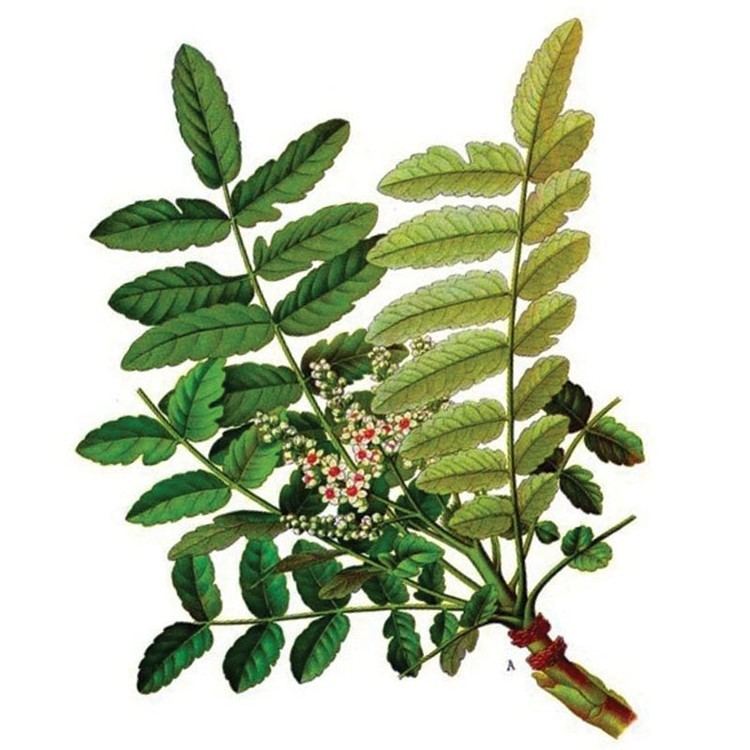
Boswellia are moderate-sized flowering plants, including both trees and shrubs, and are native to tropical regions of Africa and Asia. The distributions of the species are primarily associated with the tropics. The greatest diversity of species presently is in Africa and India.
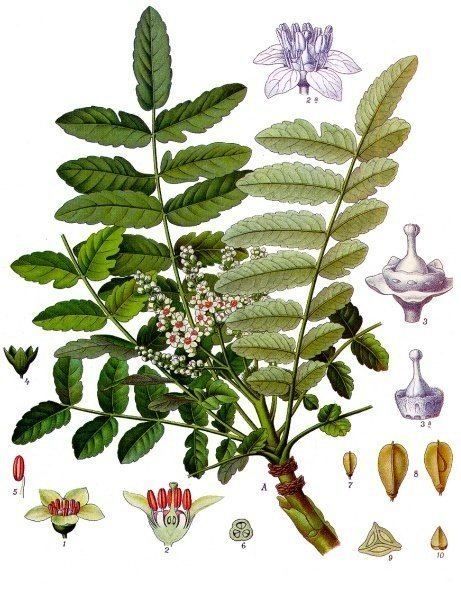
The plants are dioecious. The flowers may have 4-5 faintly connate but imbricate sepals with an equal number of distinct, imbricate petals. Also, the stamens, that may contain nectar discs, have distinct glabrous filaments that come in 1-2 whorls and in numbers equaling or twice the number of petals; the tricolporate pollen is contained within 2 locules of the anthers that open longitudinally along slits. The gynoecium contains 3-5 connate carpels, one style, and one stigma that is head-like to lobed. Each locule of the superior ovary has 2 ovules with axile placentation that are anatropous to campylotropous. The 1-5 pitted fruit is a drupe that opens at maturity. The endosperm is usually lacking in the embryo.
Medicinal uses
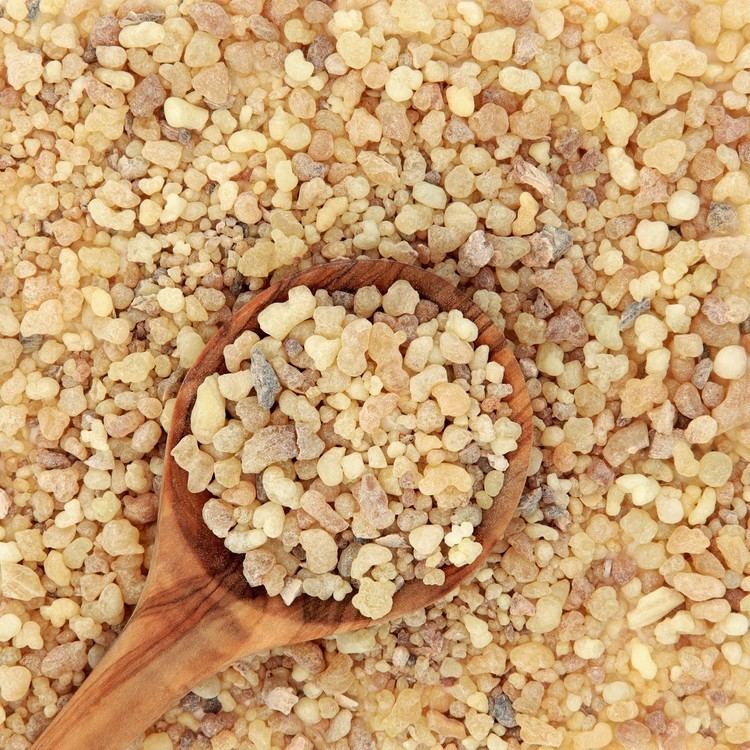
Boswellia has long been used in Ayurvedic medicine. Recently, the boswellic acids that are a component of the resin it produces have shown some promise as a treatment for asthma and various inflammatory conditions. In West Africa, the bark of Boswellia dalzielii is used to treat fever, rheumatism and gastrointestinal problems. Boswellia incense may even relieve depression.

